His passion: transforming the patient experience
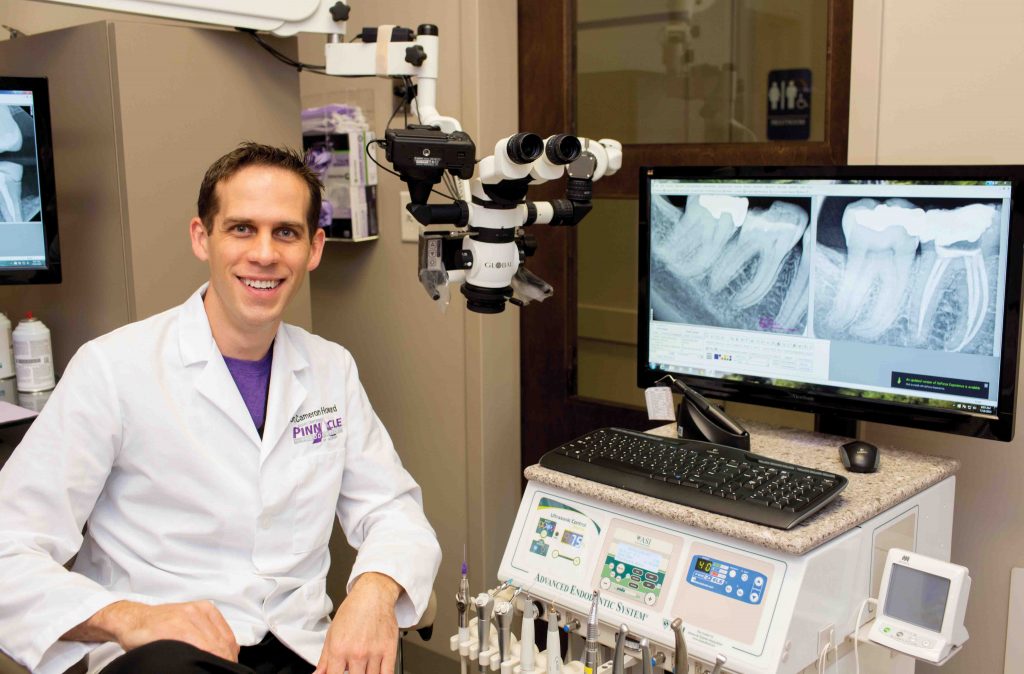
How did you become interested in dentistry?
I knew I wanted to be a dentist from the time I was a little kid. Even in kindergarten, I was drawing pictures of teeth. This passion for dentistry was actually a blessing because I was congenitally missing tooth No. 10. Once the pediatric tooth fell out, and there was no adult tooth coming in behind, I dealt with everything from a flipper to a Maryland bridge to braces — and eventually an implant. My childhood involved exposure to a number of facets of dentistry. I saw how rewarding a dental career could be and gained some amazing mentors in the process.
How did you decide to focus on endodontics?
I focused on endodontics for a couple of reasons. To me, in dental school, endodontics was the hardest specialty. I couldn’t “see” what I was doing. I am a Type-A person and very detail oriented. The challenge of navigating an unknown apical anatomy was fascinating. A canal can have curves, hooks, and splits. Trying to figure out the anatomical complexities can be very humbling. Every case is different from the next.
I was also drawn to endodontics because I like to see quick results. To me, there’s nothing more satisfying than helping someone find relief from pain. A patient can come into my office in misery — and 45 minutes later — they can potentially leave with a smile and pain-free. I love breaking the stigma that root canals are scary. Every patient who walks in the door is scared and expects a terrible ordeal. I love to deliver an unexpected result — a quick, painless, and potentially fun endodontic procedure.
What’s unique about your practice?
I am not your typical endodontist. Our practice motto is “Endodontic Excellence Through Personalized Care.” I believe most endodontists can deliver a quality root canal treatment. The difference, oftentimes, is in the experience surrounding the treatment. I like to sing during a procedure, tell jokes, and keep the atmosphere light. I high-five patients when I’m able to navigate their tooth’s unique anatomy. I often call patients the night after treatment and give them my personal cell phone number if they need anything else. We aim to go above and beyond. The true reward comes when the previously fear-stricken patient walks out the door saying, “That was the best dental experience of my life. I can’t believe I laughed during the procedure!” When that happens, I know I am doing exactly what I’m called to do.
What tools do you use?
My office is state-of-the-art and completely paperless. We utilize iPads® for check in, Global microscopes with assistant side ports, ASI treatment carts, and the NOMAD™ portable X-ray system. The jewel of both practice locations is the CS 8100 3D (Carestream Dental). It’s those complicated diagnosis/treatment cases that make me very thankful for my cone beam computed tomography system (CBCT). Every single day I say to my assistant, “Have I told you today how much I love my cone beam?” I’ve had the system for almost 4 years, and I honestly wish I’d added it to my practice sooner. It enables me to deliver treatment with greater precision. But it also enables me to determine which cases I shouldn’t treat — such as a tooth with an unforeseen perforation, complicated sinus involvement, crack, or a poor surrounding periodontal condition. Discovering these clinical situations — where a root canal is not in the patient’s best interest — is important.
I also use RVG 6200 sensors (Carestream Dental). I have worked with other sensors on the market, and I am very happy with this sensor’s capabilities. Sometimes general practitioners send their own pre-op images to me, and I get to compare my pre-op images to the pre-existing images taken on a different system. The difference can be quite astonishing.
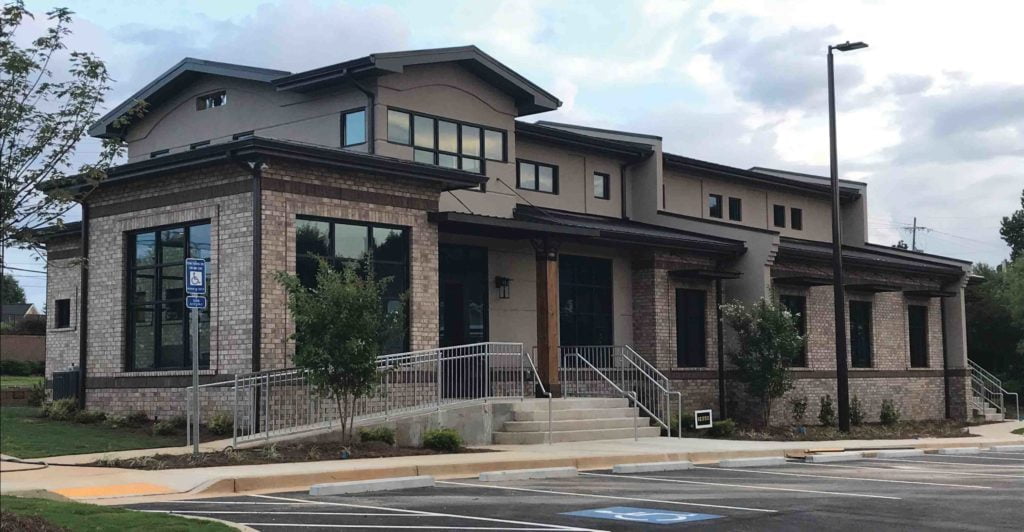
Professionally speaking, what are you proudest of?
I’m most proud of the fact that I’ve been able to create the endodontic practice of my dreams. In order to do that, I’ve had to build a hardworking and skilled team of employees to help bring life to my vision. We started as a brand-new operation and expanded to two locations, two doctors, and 11 employees in just 4 years. It’s been a wild ride! My vision was simple: Create an endodontic office that has integrity, treats each patient by the golden rule, and aims to deliver a dental experience for a patient that is both rewarding through the removal of pain and enjoyable.
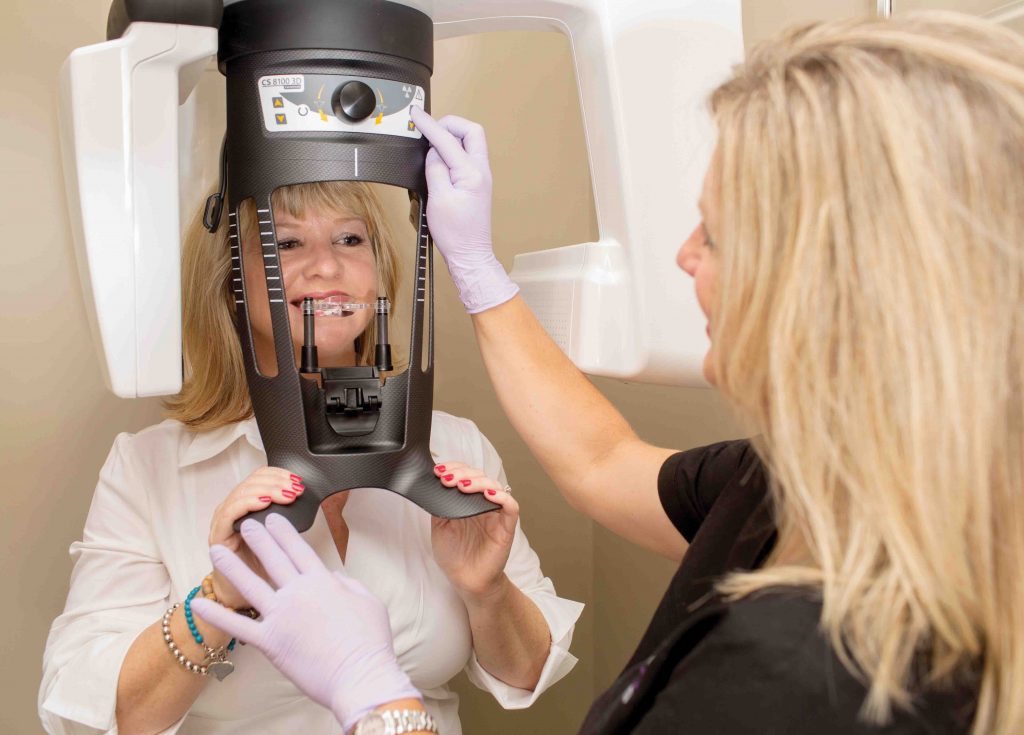
What has been your biggest challenge?
Hands down, running a business is my biggest challenge. You learn just enough dentistry in dental school to not be dangerous. Upon graduation, you’re magically supposed to know how to manage a profit-and-loss statement, run payroll, oversee a staff, hire and fire employees, and market your business. If dentists fail, it’s often not because they aren’t clinically competent. It’s because they can’t manage people or run a business.
What are your top tips for maintaining a specialty practice?
Number 1: Build a team that makes you look really good, and treat them exceptionally well. I make it known that it’s not my practice; it’s our practice. I want everyone to have a sense of ownership. The team needs to include a good office manager who can help you with the business side of dentistry.
Number 2: Do what’s right for the patient — even when it’s not fun or convenient. Integrity, honesty, and trust are key goals in our office.
Number 3: Maintain good communication with the general dentist. It is so important. At the end of the day, you and the dentist are working for the patient. You need to meet — and try to exceed — patient expectations. Clear communication with the dentist can help you make sure the entire dentition is evaluated without getting tunnel vision on one tooth.
What’s your advice for a new endodontist?
Finding a mentor is top of my list. When you come out of endodontic residency, there’s still a lot to learn. A mentor can really help with that. Pinnacle Endodontics has been blessed that Dr. John Camba recently joined our practice. Dr. Camba was Chief Resident at The Dental College of Georgia and is an amazing addition to our team. I enjoy discussing cases and sharing with him the pearls of wisdom I’ve picked up over the past 10 years of practice.
Getting involved in organized dentistry is also important. New endodontists should consider becoming active with the American Association of Endodontics (AAE), for example. I was heavily involved with the AAE when I first got out of school. I joined the Resident and New Practitioners Committee, the Regenerative Endodontics Committee, and served on the AAE Foundation Fundraising Board. Establishing a network of seasoned endodontists whom I could turn to was invaluable. When my practice was under construction, it was so beneficial to call a dentist in Texas, Tennessee, or Ohio and ask, “What worked best for you in this scenario?” or “What kind of marketing activities have been the most successful for you?” The endodontic community is small. I look forward to helping the next generation of endodontists in a similar manner.
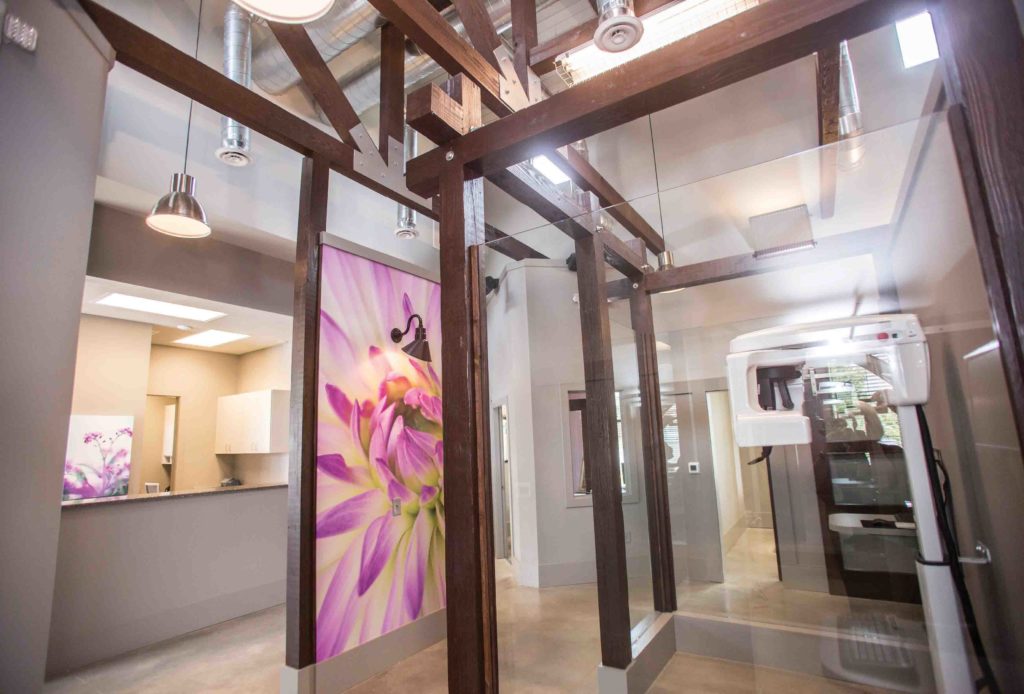
Of all the cases you’ve treated, is there one that stands out?
I went to the University of Kentucky for dental school. I was sitting for the SRTA dental boards, which includes a live patient portion. To take the exam, you pay thousands of dollars. That’s on top of all the other loans you’ve taken out for your education. Adding to the stress, if one of your patients doesn’t show up, you fail. Part of the exam included identifying and fixing a Class III lesion. My Class III patient was young — 20 years old — and I tried to impress upon him the importance of him being present the next day. I gave him gas money, did some pro bono dentistry for him beforehand, and we exchanged phone numbers. He assured me that I could count on him to be there. Four out of my five patients showed, but not him. I repeatedly called his number without any luck of reaching him. Failure seemed inevitable, and there was nothing I could do.
My vision was simple: create an endodontic office that has integrity, treats each patient by the golden rule, and aims to deliver a dental experience for a patient that is both rewarding through the removal of pain and enjoyable.
Miraculously, one of my classmates — who had no idea of the ordeal I was facing — asked if I was interested in his back-up Class III patient that he didn’t need. “Absolutely! What’s her name?” I asked. The answer was Angel, and I sincerely believed it was a sign from God. She sat for my board exam, I performed all of her dental work, and she headed out — but not before leaving a Bible verse in my chair. It was Jeremiah 29:11: “For I know the plans I have for you, declares the Lord, plans to prosper you and not to harm you, to give you a hope and a future.”
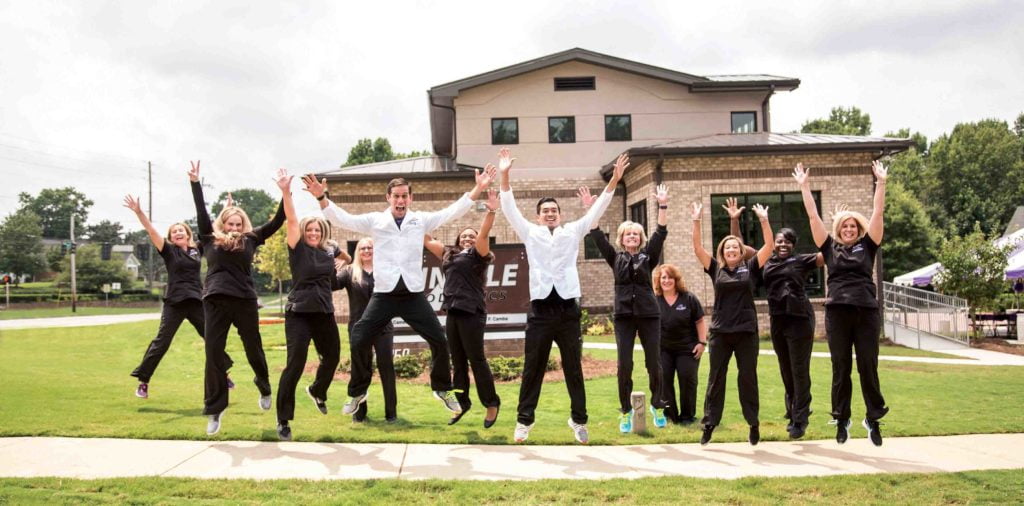
I have been practicing for 10 years now, and never has a patient left a Bible verse in the chair after dental treatment — except for Angel — who came out of nowhere to help me pass my board exam. I am blessed.
Stay Relevant With Endodontic Practice US
Join our email list for CE courses and webinars, articles and more..

